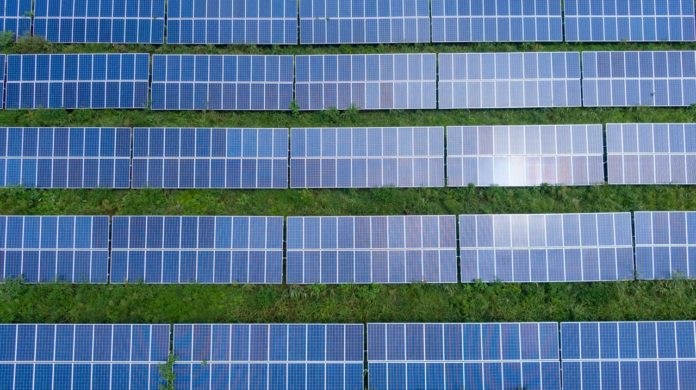Many countries around the globe have already set the course for a low-carbon future. And despite its rich history in the coal industry, Australia has also jumped on the same bandwagon and aims to become a renewable energy superpower shortly. But you hear the same story repeatedly, and it is pretty evident that people are tired of the monotony of talking and doing nothing. Whether it’s politics or the lack of solid partners for energy infrastructure partners, Australia needs to develop a plan soon if it does not want to experience the consequences in the form of a climate catastrophe and energy crisis.
Many Australian investors and companies focused on green energy have high hopes for Australia’s path to a renewable future. There is even speculation that a proper system to achieve the goal of a renewable energy country can rebuild an economy already battered by major disasters in 2020. New areas for growth and investment, plenty of job opportunities and a new and clean way to power Australian industry sound like an ambitious dream. So what is stopping us?
Compared to other countries, Australia is in the best position when it comes to building a solid foundation for clean energy generation:
1) Sunshine all year round.
2) Plenty of room for new ventures.
3) Areas are prone to strong winds.
Solar and wind energy seem to be the top candidates for renewable energy, along with hydropower. They all contribute to at least 24 per cent of the country’s total electricity generation. If renewable energy investments have a positive future, can these numbers be increased in the coming years?
Australia and the hurdles to a renewable energy economy:
It is not easy to enumerate the hundreds of issues in creating a green energy economy. However, to generalise and look at things from a broader perspective, these are the main issues that need to be addressed first:
1) Australia’s grid problems: Australia’s complex grid system, connecting thousands of substations to hundreds of power stations and generators, is a mess. If Australia succeeds in the transition to renewable energy, it must first create a stable electricity grid that can support clean energy generation without problems. System strength and grid connection problems are significant hurdles that the Australian government must address.
2) Not finding suitable investors and partners in the long run: Since the upfront cost of installing renewable energy systems is very high, a large amount of money needs to be allocated for installation. To this end, the government needs to look for investors and the right energy infrastructure partners to support the development process.
3) No consideration for energy storage: One of the main problems with renewable energy sources is that they can never be turned on or off as needed. This means that the energy generated needs to be stored and a grid system created to keep up with peak demand.
4) Australian politics: Companies can never invest in projects if the government cannot give them certainty about future policy or regulatory changes. Political will can play a significant role in making a clean energy transition a reality. Countries with more straightforward energy policies attract companies to invest, but in the case of Australia, there is a severe lack of legislation on the matter.















